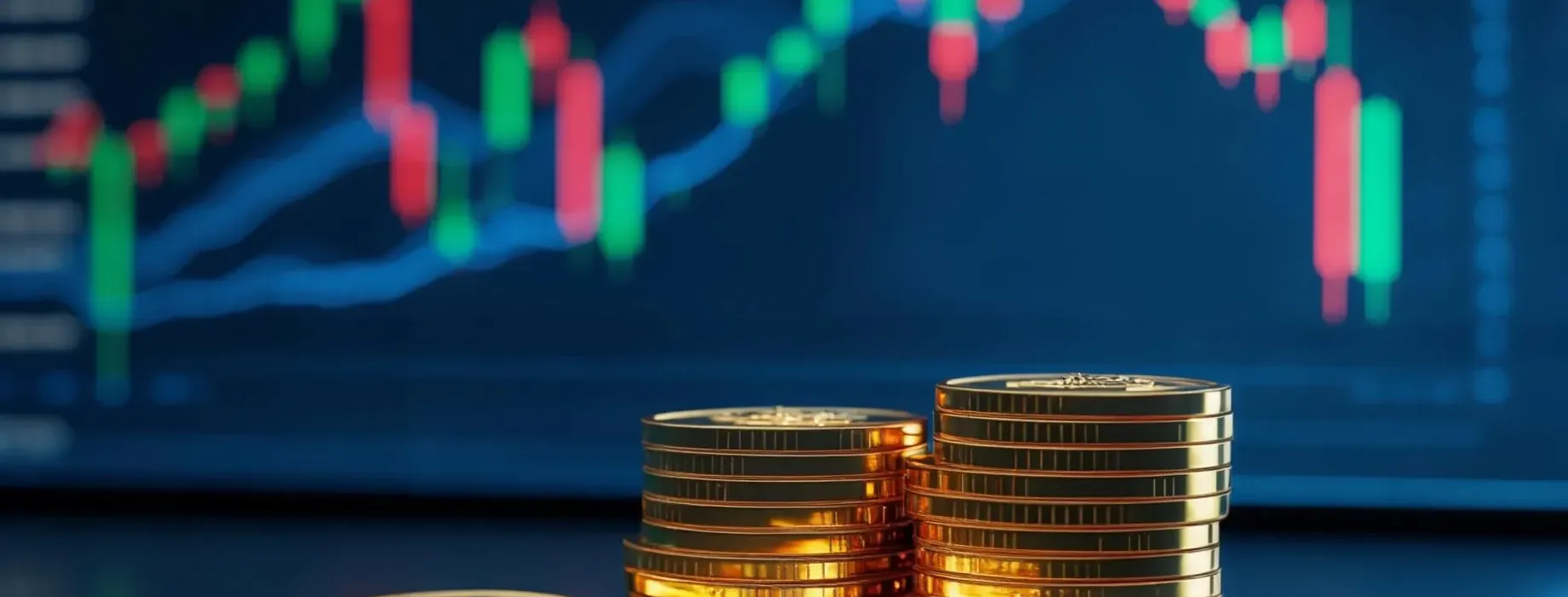Gold's Meteoric Rise Continues as Investors Pivot from Dollar and Treasuries

The precious metals market is witnessing a remarkable trend as gold prices continue breaking records, recently touching $3,500 per ounce. This surge comes as investors increasingly question the safe-haven status of traditional U.S. assets amid significant trade policy developments.
Shifting Safe-Haven Dynamics
Commonwealth Bank of Australia’s director of mining and energy commodities research, Vivek Dhar, attributes this phenomenon to recent U.S. trade policy changes, noting that bullion has “stepped into the void” as the market’s safe haven asset of choice.
“What makes this recent flight to safe‑haven demand so unique is that the U.S. dollar and Treasuries have been sold‑off as safe‑haven appeal of these U.S. assets has declined,” Dhar added.
J.P. Morgan analysts have adjusted their forecasts upward, now expecting the precious metal to average $3,675 per ounce by the fourth quarter of 2025, eventually reaching $4,000 by the second quarter of 2026.
Decoupling from Traditional Patterns
The normally inverse relationship between Treasury yields and gold appears to have broken down. Typically, higher yields make non-interest-bearing gold less attractive due to increasing opportunity costs. However, this pattern has reversed in recent months.
While the 30-year Treasury yield has seen a modest 2 basis point gain year-to-date, it spiked over 30 basis points within a week following the announcement of reciprocal tariffs. The benchmark 10-year yield similarly jumped by 30 basis points during this period.
Concurrently, the U.S. dollar index has declined 8% this year, based on LSEG data.
Inflation Hedge and Policy Independence
Michael Ryan, lecturer at University of Waikato’s school of accounting, finance and economics, suggests gold’s inflation-hedging qualities make it “special” in the current environment.
“Gold, however, is historically perceived as an inflation hedge, which may explain the preference for it—so it is perhaps gold’s perceived inflation-hedging properties that are making it ‘special,'” he explained.
Alexander Zumpfe, senior precious metals trader at Heraeus, emphasized gold’s unique position: “Unlike currencies or government bonds, gold carries no credit risk and is not tied to the economic or political trajectory of a single nation.”
This independence from monetary and fiscal policy has enhanced gold’s appeal, particularly as markets view recent tariff policies as potentially misguided.
Central Bank Diversification
Emerging market central banks have accelerated their gold purchases as they seek to diversify away from dollar-based reserves. Eli Lee, Bank of Singapore’s chief investment strategist, notes these institutions have historically been underweight in gold compared to developed market counterparts and are likely to remain strong buyers.
The recent dollar weakness has sparked discussions about potential global de-dollarization, with some suggesting gold as a possible alternative reserve currency.
“Countries realized that gold was a potential hedge against the U.S. freezing currency reserves for non-alignment with U.S. policy,” CBA’s Dhar observed.
Long-Term Outlook
Despite the current shift, analysts remain skeptical about a complete displacement of traditional U.S. assets. The World Gold Council’s market strategist John Reade contextualized the situation: “Although this is far from a ‘Death of the U.S. Dollar’ story, it is fair to say that confidence in the U.S., it’s economy and it’s principle assets, the USD and Treasurys, has been diminished.”
Franklin Income Investors’ portfolio manager Todd Brighton noted the practical challenges of replacing U.S. Treasuries as a safe haven, describing them as the “most liquid market in the world” and suggesting a complete replacement is unlikely in the near term as we move toward a more multi-polar financial ecosystem.
While gold offers unique advantages during periods of uncertainty, its limitations as a non-interest bearing asset with substantial storage and transportation costs continue to constrain its potential as a comprehensive dollar replacement.